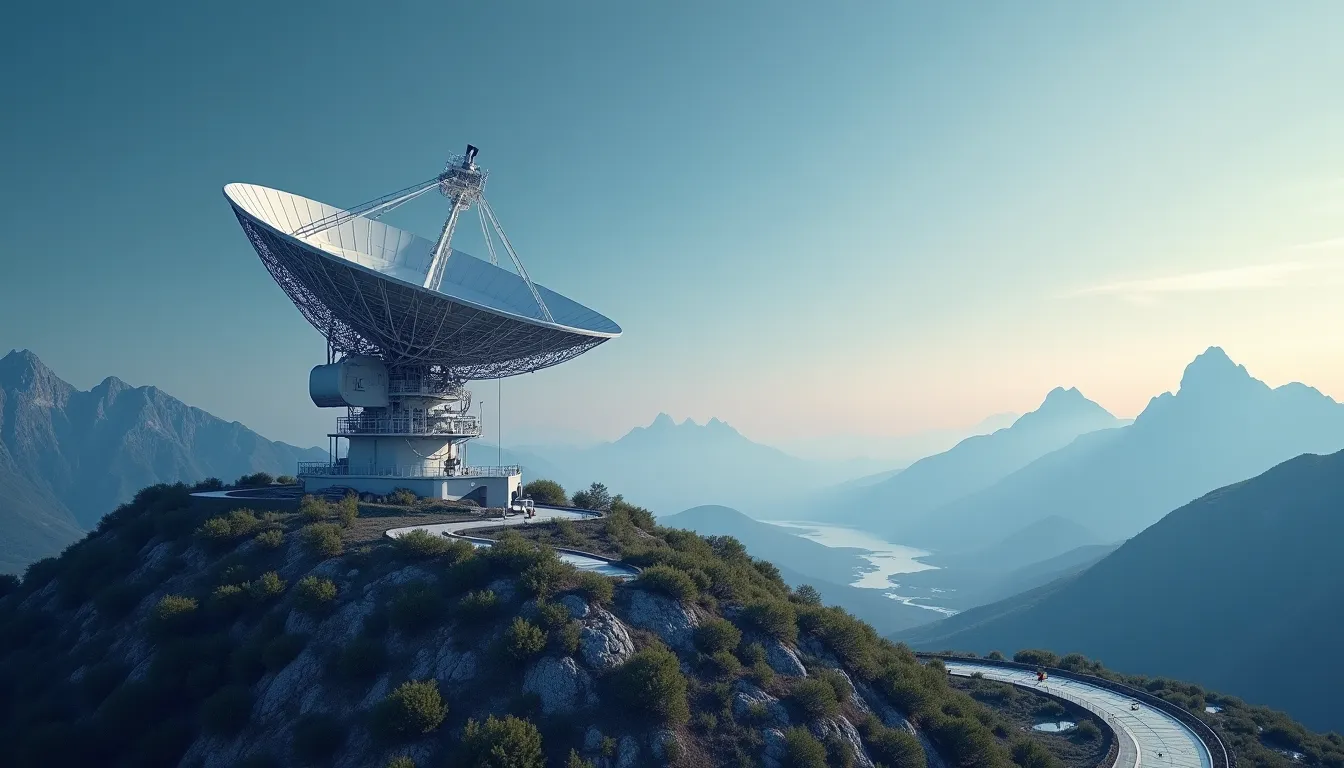The satellite industry is undergoing a transformative period marked by rapid technological advancements, strategic geopolitical initiatives, and expanding commercial opportunities. Recent developments in the sector, particularly in the aerospace and defense domains, underscore a pivotal shift in how satellites are deployed, utilized, and governed. This article delves into the latest activities in the satellite sector, including SpaceX’s notable launches, the rise of megaconstellations, the evolution of European defense capabilities, and commercial market shifts.
SpaceX Starlink Expansion and Launch Milestones
In early September 2025, SpaceX achieved significant milestones in its ongoing expansion of the Starlink satellite constellation. The company successfully executed a doubleheader launch from Vandenberg Space Force Base, deploying 24 Starlink internet satellites into polar orbit within a 24-hour period. This mission utilized a brand-new first stage booster, a rarity considering SpaceX’s focus on reusability. This launch marked the 109th Falcon 9 flight of the year, reinforcing the rocket’s reputation as the most reliable launch vehicle in history, with a total of 498 booster landings to date.
The Falcon 9’s impressive track record has been pivotal in supporting the rapid growth of Starlink, which aims to provide high-speed internet access across the globe. The integration of advanced navigation systems, such as high-performance MEMS accelerometers, has enhanced the precision and reliability of these missions, showcasing the critical role of technology in modern aerospace operations.
Satellite Megaconstellations and Orbital Congestion Concerns
As the satellite sector expands, concerns regarding orbital congestion have become increasingly prominent. The rapid proliferation of megaconstellations, notably SpaceX’s Starlink and Amazon’s Project Kuiper, has raised alarms among international regulators. With each new launch, the complexity of managing space traffic increases, prompting discussions about sustainable governance in outer space.
Amazon’s Project Kuiper recently achieved a notable milestone by launching its second batch of test satellites in June 2025, further intensifying the competition in the satellite internet market. The growing number of commercial and government satellites necessitates innovative solutions for space traffic management, including advanced sensor modules capable of providing real-time data on satellite positioning and movement. These technologies will be crucial in ensuring the long-term sustainability of satellite operations in an increasingly crowded orbital environment.
European Defense Satellite Capabilities and SAR Constellations
In response to evolving geopolitical challenges, Europe is enhancing its defense space capabilities through new and existing satellite firms. A standout in this effort is Iceye, a Finland-based company that operates the world’s largest commercial synthetic aperture radar (SAR) constellation, comprising 54 satellites. Recently, multiple European nations—including Poland, Portugal, Finland, and the Netherlands—have placed orders for SAR satellites from Iceye, highlighting a significant investment in defense-related satellite procurement.
These developments underscore Europe’s commitment to bolstering its defense infrastructure amid rising tensions. Iceye has also secured contracts to supply critical data to NATO Allied Command Operations, demonstrating the strategic importance of space-based intelligence in modern military operations. The integration of advanced navigation systems, such as high-precision fiber optic sensing coils, plays a crucial role in enhancing the accuracy and reliability of SAR data, providing valuable insights for defense applications.
Notable Scientific and Strategic Satellite Missions
The satellite sector is not solely focused on commercial and defense applications; it is also a hub for groundbreaking scientific research. NASA’s Juno probe recently made headlines by detecting the missing auroral footprint of Jupiter’s moon Callisto, solving a four-decade-long scientific puzzle regarding the auroras of the Galilean moons. Such discoveries underscore the importance of satellites in advancing our understanding of planetary science.
In parallel, Blue Origin is positioning itself in the orbital launch market with preparations for the ESCAPADE mission, which aims to explore the Martian atmosphere. These missions reflect a broader trend of increasing international collaboration and competition in space exploration, as countries and companies strive to push the boundaries of what is possible.
Commercial Satellite Services and Market Shifts
The commercial adoption of satellite technology is rapidly evolving, with airlines now integrating satellite internet services into their operations. JetBlue Airlines recently became the first airline to select Amazon’s Project Kuiper satellites for in-flight Wi-Fi, signaling a significant shift in how consumers access connectivity while traveling. This decision indicates growing confidence in new satellite constellations and the competitive landscape they are creating against established players like Starlink.
As the demand for reliable satellite-based services continues to rise, the integration of precision accelerometers and other advanced technologies will be essential in developing robust and efficient satellite systems capable of meeting the diverse needs of commercial clients.
Conclusion
The satellite industry is at a critical juncture, characterized by rapid technological advancements, increasing commercial applications, and significant geopolitical implications. As companies like SpaceX and Amazon continue to expand their satellite constellations, and as nations enhance their defense capabilities through innovative satellite technologies, the need for effective space governance and traffic management becomes ever more urgent. Moving forward, the intersection of commercial interests, scientific exploration, and national security will shape the future of satellite technology and its role in our increasingly interconnected world.
References
-
September 2025 (spaceflightnow.com) - 9/5/2025 Month: September 2025 · SpaceX aces 500th Falcon booster landing amid sunrise Starlink mission · SpaceX launches 28 Starlink satellites on Wednesday sunrise …
-
Starlink Blitz, Spy Satellite Surprise & Moon Race Showdown (ts2.tech) - 9/4/2025 In summary, the news from Sept. 3–4, 2025 captures a snapshot of a vibrant and pivotal moment in spaceflight history. A new space race is …
-
Top Satellite & Space Developments (Sept. 2–3, 2025) (ts2.tech) - 9/3/2025 SpaceX Launch Doubleheader: SpaceX launched two Falcon 9 missions in under 24 hours, one from California late Sept. 2 carrying 24 Starlink …
-
Can New Space Firms Plug Europe’s Gap in Defense Tech? (interactive.satellitetoday.com) - 8/25/2025 A host of European nations have ordered synthetic aperture radar (SAR) satellites including the Polish Armed Forces, the Portuguese Air Force, …
-
News Archive | September 2025 (www.space.com) - 3/10/2025 69 articles. September 5. China shows off advanced hypersonic missiles, ICBMs and drones in military parade (photos) · Sorry, Starlink: JetBlue becomes 1st …



